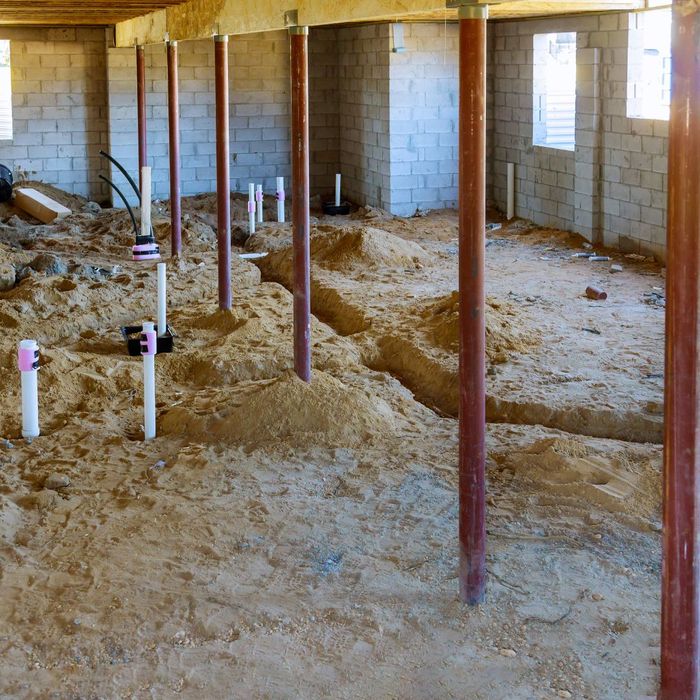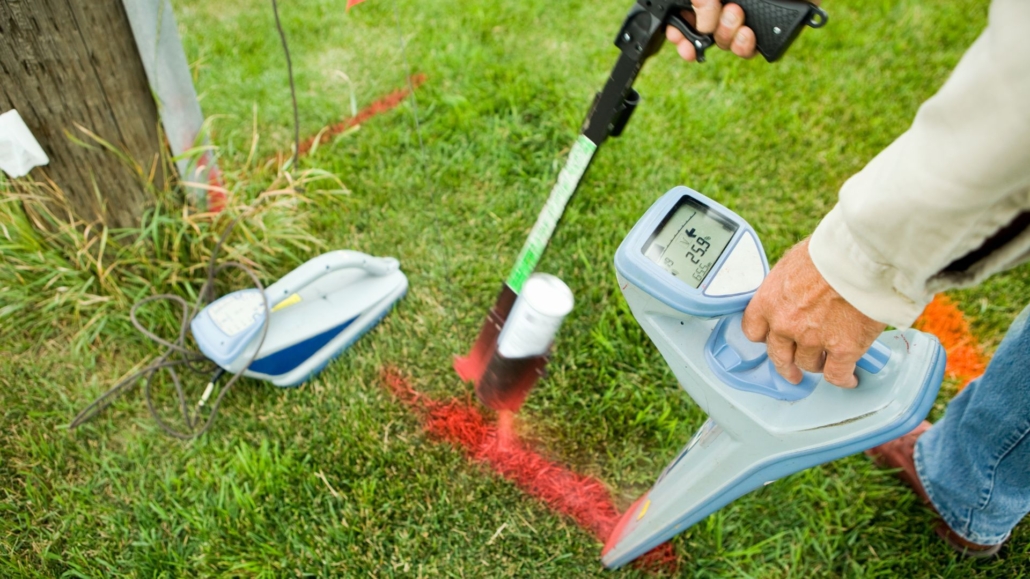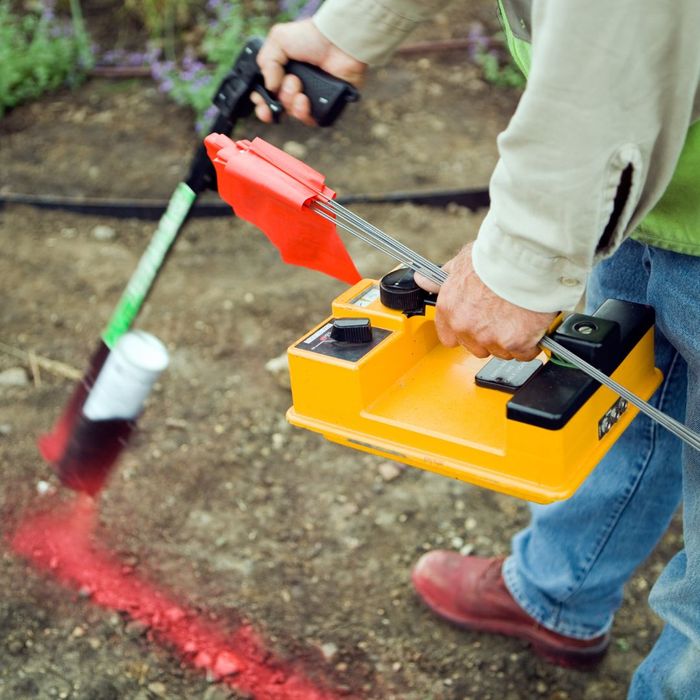Four Reasons Why Utility Marking Is Crucial for Your Home Improvement Project
Planning a home improvement project can be an exciting experience as you envision transforming your living space into something more functional and aesthetically pleasing. However, before you commence any renovations, it’s crucial to consider the presence of underground utility lines that could potentially impede your project. This is where a professional utility locating service, like Coastline Utility in Atascadero, San Luis Obispo, and the Bay Area, becomes essential. In this blog, we’ll discuss four reasons why utility marking is crucial for your home improvement project.
Minimizing Damage and Ensuring Safety
Digging without proper knowledge of underground utilities can lead to severe consequences, including accidental damage to gas lines, electrical systems, water pipes, and communication cables. Apart from disrupting essential utility services, such accidents can pose serious safety risks to everyone involved.
Saving Time and Money
Utility locating services prevent you from starting your project only to realize you’ve accidentally damaged a critical utility line. Not only will you be faced with additional repair costs, but you’ll also have to halt the project until the issue is resolved, potentially causing delays and inconveniences.
Complying With Legal and Regulatory Requirements
Local authorities and building codes often require homeowners to obtain utility marking services as part of obtaining necessary permits for home improvement projects. Failing to comply with these requirements can result in fines, penalties, or even legal ramifications.
Enhancing Project Efficiency
Effective project management is essential to the success of any home improvement venture. By having a utility locating service mark the underground utilities, you gain valuable knowledge about potential project constraints, allowing you to plan your project efficiently. You can determine the best routes for trenching or excavating, avoiding areas where utilities are present.




